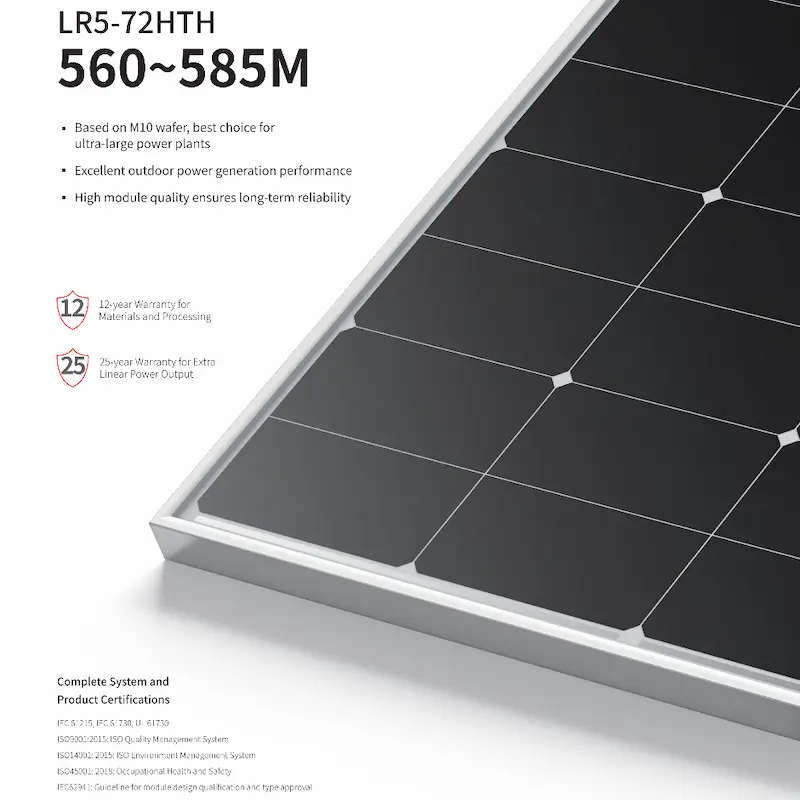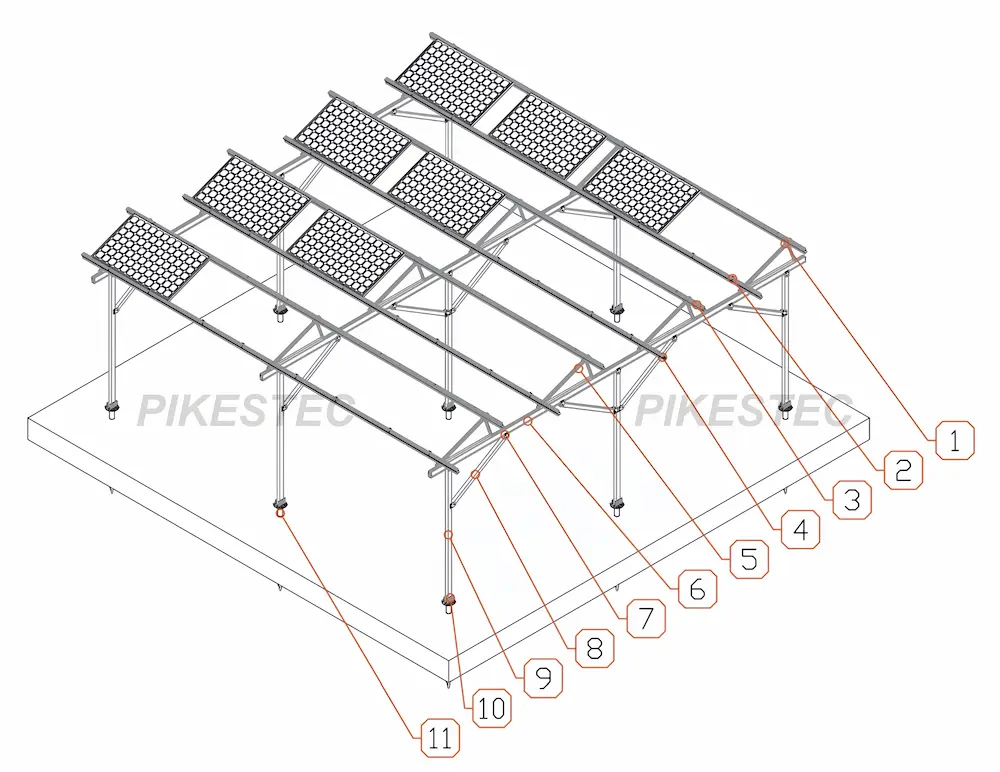Can you put solar panels on a metal roof?
Solar installers recognize that metal roof projects demand different installation methods and a thorough understanding of the appropriate clamps, brackets, and racking products. The increasing popularity of metal roofs is evident in both residential and commercial sectors. In the residential market, the share of properties with metal roofs grew from 12% in 2019 to 17% in 2021, reflecting a significant upward trend. By 2022, one-third of all commercial buildings in the United States had adopted metal roofs, driven by their long-term durability, lightness, and strength.
This shift towards metal roofing has necessitated specialized knowledge and techniques among solar installers. Metal roofs offer a robust and long-lasting substrate for solar panel installations, but the unique characteristics of these roofs require careful consideration. Installers must be well-versed in the use of durable aluminum clamps, which are designed to secure solar panels with minimal impact on the roof’s integrity. These clamps often employ a single-bolt fastening system, ensuring a secure and long-lasting hold.
For corrugated metal roofs, special brackets are essential. These brackets are specifically designed to fit the profile of the corrugation, attaching to the top crest to avoid perforations that could compromise drainage. Premium brackets often include gasket seals to enhance weather resistance and prevent leaks, ensuring that the roof remains watertight and protected.
The fixed attachment method used for these brackets eliminates the need for messy sealants during installation, streamlining the process and contributing to the overall efficiency of the solar panel mounting system. This clean and secure installation method not only simplifies the work for installers but also extends the life of both the roof and the solar panels.
The versatility and precision required to integrate solar panels into diverse metal roofing structures highlight the importance of experienced and knowledgeable installers. Whether working on a residential home or a commercial building, the right clamps, brackets, and racking products ensure a durable and high-performing solar installation. This approach guarantees that the solar system will function efficiently and reliably, providing sustainable energy for years to come.

Solar panels on a standing seam metal roof
Metal roofing panels are highly compatible with solar panels, and we strongly recommend using them with standing seam panels. This recommendation is based on the fact that standing seam panels do not require any holes to be drilled into the roof when securing the solar panels.
A standing seam panel is characterized by vertical ribs at the edges of the panels, which provide a secure and stable surface for attaching a solar mounting system. These ribs allow the mounting brackets to be clamped directly onto the seams, eliminating the need for any penetrations. Any holes or penetrations in a roof’s surface can compromise its weather tightness, making the roof susceptible to leaks and water damage. By avoiding these penetrations, standing seam panels maintain the integrity and longevity of the roof, ensuring that it remains watertight and durable.
Standing seam panels are not only the most compatible among metal roofing options but are also one of the most solar panel-friendly roofs in general. Their design and construction make them an ideal choice for homeowners and businesses looking to integrate solar energy systems without compromising the structural integrity of their roofs.
For those with corrugated metal roofs, solar panels can still be successfully attached using mounting brackets. However, the installation process is slightly different. The brackets are attached directly to the corrugated metal panels using fasteners that will penetrate the surface of the panels. While this method is effective, it does introduce the risk of potential leaks if the penetrations are not properly sealed. Therefore, it is crucial to use high-quality fasteners and sealing materials to ensure that the roof remains watertight and secure.
In summary, while both standing seam and corrugated metal roofs can accommodate solar panels, standing seam panels offer a more seamless and secure installation process. They minimize the risk of leaks and maintain the roof’s integrity, making them the preferred choice for integrating solar energy systems with metal roofing.
Do solar panels need to be maintained?
Solar panels are known for their low maintenance requirements. Once installed, the primary maintenance needed is periodic cleaning, typically once or twice a year. Many solar panel installers offer this cleaning service as a separate option, making it convenient for homeowners and business owners to keep their panels in optimal condition.
The cleaning process helps remove dirt, dust, debris, and other contaminants that can accumulate on the surface of the panels over time. These accumulations can reduce the efficiency of the panels by blocking sunlight and decreasing energy production. Regular cleaning ensures that the panels continue to operate at their highest capacity, maximizing the return on investment.
While some homeowners and business owners choose to clean the panels themselves, professional cleaning services are recommended for several reasons. Professionals have the expertise and equipment to safely and effectively clean the panels without causing any damage. They can also inspect the panels during the cleaning process to identify any potential issues, such as loose connections or signs of wear, and address them promptly.
Overall, the low maintenance nature of solar panels, combined with the availability of professional cleaning services, makes them a reliable and cost-effective energy solution. By keeping the panels clean and well-maintained, owners can ensure that their solar systems continue to perform efficiently and provide consistent energy savings for years to come.

Can you put solar panels on corrugated metal roofs?
Solar panels can be used on corrugated metal roofs, however, the roof will need to be penetrated with screws along with sealant to cover the holes. it’s extremely important that the proper sealant is used otherwise this will result in leaks as water will be able to seep through the penetration.
Creating penetrations in the roof can potentially void a corrugated metal roof warranty, depending on the manufacturer, Be sure to check the manufacturer warranty of the panels prior to moving forward on a solar panel installation.
Contact us
PIKESTEC specializes in designing, researching, developing, producing, and servicing solar photovoltaic mounting systems. Our systems can be installed on tile roofs, flat roofs, ground installations, carport solar mounting systems, and more. You can contact us for more information!




